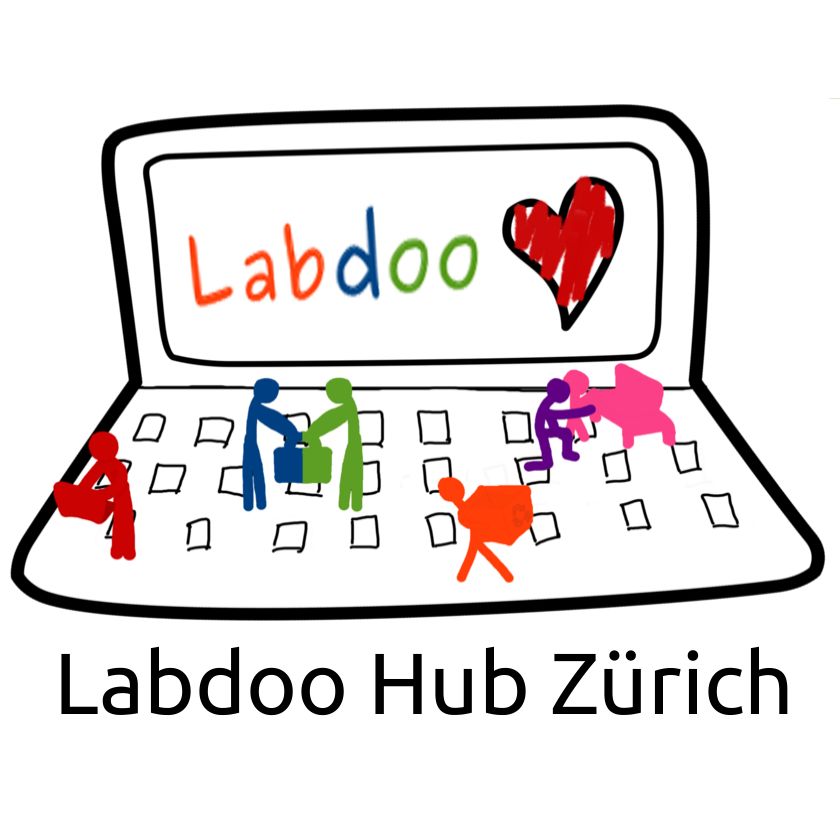Five fundamentals to re design AI transformative experience as competitive advantage
Author: Ricardo Saltz GulkoQuelle: eglobalis.com
Prior to the COVID-19 pandemic, we already had a great deal of technology available to us. Algorithms are progressing by leaps and bounds in front of our eyes, driven by the transformative needs of employee and customer experience, as well as data analytics, and other factors. Recent research by IDC found that during the pandemic, companies that were “early AI adopters had an improvement of almost 25 percent in customer experience ‘quality,’ accelerated rates of innovation, higher competitiveness, higher margins, and better employee experience with the roll out of AI solutions.” Good news, right?
We often talk about customer and employee experiences, experience management, experience design, and product design, as solutions companies can prototype, experiment with, and implement. And much has been written about leveraging artificial intelligence for organizational growth. To lead the transformation of your organization, you must design the right strategy to resonate with customers, as I have previously mentioned.
This article is inspired by a project I’m currently involved in to transform a recently-acquired division of Samsung into an AI-based organization focused on customer experience. While I was preparing to lead this challenge, someone recommended a book to me – Competing in the Age of AI – written by by Marco Iansiti and Karim R. Lakhani, both Harvard Business School professors. The book provides a practical approach for our reality. I highly recommend it.
Everyone who knows me knows that I see AI as the future potential solution for almost everything related to human interaction and experience. The following is my advice for your organization to start implementing AI solutions – as Microsoft, Software AG, and Bosch have done so well – even when faced with the inevitable challenges of the human world.
Five Fundamentals for Using AI to Transform Your Company and Experiences
1. Define a new mission that includes your real purpose
For example, when Satya Nadella succeeded Steve Ballmer as CEO of Microsoft, he said “First and foremost, we needed to renew our sense of purpose and identity.” He has executed on that, bringing Microsoft back to its real purpose, driving the productivity of its ecosystem, and returning it to being a technology company whose mission is “to empower every person and every organization on the planet to achieve more.” Early on, Microsoft understood the key roles AI and the cloud would play and invested 6 billion dollars in capital expenditures in those technologies. This investment, along with the new ‘’old’’ purpose, provided the necessary freedom for some of its divisions – such as Azure services and customer resource management (CRM) – to position Microsoft as the productivity platform for the age of AI. Your company can return to the spotlight when you realign your purpose, mission, and delivery model, establish the right culture and the right change management strategy, and you have a great leader that knows how to execute the mission. So, I suggest you first rethink your purpose, vision, and mission, focusing on your strongest advantage, as Nadella did. Enable all the divisions in your company to digest and implement this mission. Make sure the C-suite’s initial approach is based on communication, enablement, change management, and execution. Nadella got Microsoft back on track, but it took a long, transformational program that worked conjointly with the best of both Agile and design thinking. And it required a huge shift in their business and mindset models, governance, and operations architecture.
2. Re-invent your experience architecture
Transforming customer perception and experience in your company may require big changes. This starts in the C-suite and often traverses the entire company all the way through R&D, product development, services, and other teams. Developing and aligning with the mission is often the easiest part. With Microsoft, the transformation from being a company that used to deliver CDs and software to people’s homes or businesses to becoming a cloud powerhouse was a totally different story. Massive change was required in product design, user experience, customer experience, and perception, along with huge efforts in research and development. Add to that the immense change in how the organization interacts with customers and releases updates, for example. If your B2B or B2C organization is transforming to new software design and architectures, even when it generates a new and better experience, you will need to work on customer perception and help them get used to the changes. This transformative experience at Microsoft necessitated having a team that worked collaboratively to solve problems as they emerged, and this is where use of Agile methodology and design thinking arose to tackle obstacles the company faced. Microsoft’s big cloud transformation and return to the spotlight required a lot of analyses, a great team of human-centered designers, and many CX leaders to seamlessly generate an easily adoptable model. That’s also how they added AI and cloud services to their core focus and architecture. Its impressive that Microsoft underwent this transformation to design the new line of AI and cloud solutions due to Nadella’s understanding of the importance of improving customer and user experience.
3. Shift the focus to Artificial Intelligence (AI) and Human Experience
Here, I use Microsoft and SAP as examples of companies that made this shift, though the paths they took were different. Microsoft pursued the creation of a strong cloud solution alongside SAP, which was a late adopter and did so by acquiring many cloud companies. There’s a huge difference between the approaches of both. Microsoft adopted the hard way: by rolling up their sleeves and taking a hands-on approach, they tried to do it themselves by expending a lot of effort. SAP, on the other hand, sought the leadership spot through acquisitions. In both cases, the companies had to adapt their business and mental models, including the experience perception for B2B and B2C users, as mentioned above.
Microsoft had been working to build AI capabilities since the early-2000s under Harry Shum, the Executive Vice President of Artificial Intelligence & Research. Its Azure solution was a ‘’learning case’’ and started to be offered as a service around 2014. Under Nadella’s leadership, the company pursued a more advanced solution as a strategic technology. Using Azure cloud solutions, along with the infrastructure and engineering of it, enabled Microsoft to jump ahead, offering AI services that are continuously being improved. Microsoft knew that focusing on cloud and AI would require the company to design better and more intuitive human-centric experiences, and it did this very well. As mentioned in my previous article, Microsoft used the cloud infrastructure to test and experiment its products with millions of users, almost ensuring better outcomes. The company has not only delivered an amazing infrastructure for both AI and cloud, it has also enhanced organizations’ abilities to manage and monitor data-centric analytics, artificial intelligence, and other new services. What can we learn from this example? Any well-designed product will only be successful if you keep a 360-degree focus on everything that will impact your customer, user, and employee experience. Product design, engineering, delivery models, and services are all an integrated part of any experience in each and every vertical of your organization.
4. Drive the experience transformation
Prior to cloud, Microsoft operated in a reactive mode when it came to IT, as many other companies do. As digital experiences became the core of the company, it started to drive and shape internal and external experiences, raising the need for automated critical operations to become more efficient. In on-premise solutions, Microsoft relied on CDs or complex releases of new versions, but the new capabilities of cloud and AI used together have made delivery easier and more efficient. Even on-premise solutions today are also harvesting the advantages of the cloud. From a customer standpoint, services, operations, and experiences driven by cloud and AI will look very different. For any organization, changes in technology will require a well thought out transformative initiative, but the results are proven to work. With AI and cloud working together as complementary technologies, your customers and employees will always benefit. But this will also help your organization. AI and machine learning (ML) models can start to recognize new, unexpected behaviors by customers, and can act in a preventative as opposed to a reactive mode.
5. Adopt Agile for your organization and its products
There is no way to sustain experiences for customers, employees, and partners without great quality products that deliver on your promises. Customers that admire your brand will stay with you and forgive you (sometimes) when you fail them, as long as their experience is great. But your quality, design, and operational models matter and are part of the real practical pillars of any experience. Loyalty will eventually fade away, unless you continue to do the right thing. When you are focused on using cloud and AI to create a data-centric company, you will still have to align your products and your new business model, both internally and externally, outside of the success formula. You must align your processes, governance, experiences, and operations to the same mindset, in order to benefit all stakeholders. Many companies have adopted Agile as a development method for services and products in the digital and physical world. Even Microsoft adopted it as a business model to stay ahead of its competitors and avoid potential disruption down the road. Having Agile as a method for developing products and as an organizational model can help your leadership to become much more lean, effective, and efficient. Agile methodologies can lead companies toward faster changes, adaptation, and successful outcomes, as well as better and faster features, functionalities, and top-quality products on the market.
In conclusion
As AI grows in its cruciality for many organizations around the globe, it can serve as a tool to help your company recognize existing problems in its governance, process, design, and other sectors. AI requires a major analysis of ethics, legal issues, and all sorts of corporate affairs. Your company will need to assess its principles and all the details that will help you to prevail against internal and external challenges. The big beneficiaries of AI are your customers, your partners, your employees, and your brand – as long as it’s done well. The advice I have written above is meant to help organizations push forward in their efforts to enhance their experiences and to use AI as a tool to leverage success with customers to spark your company’s growth.





























































































































